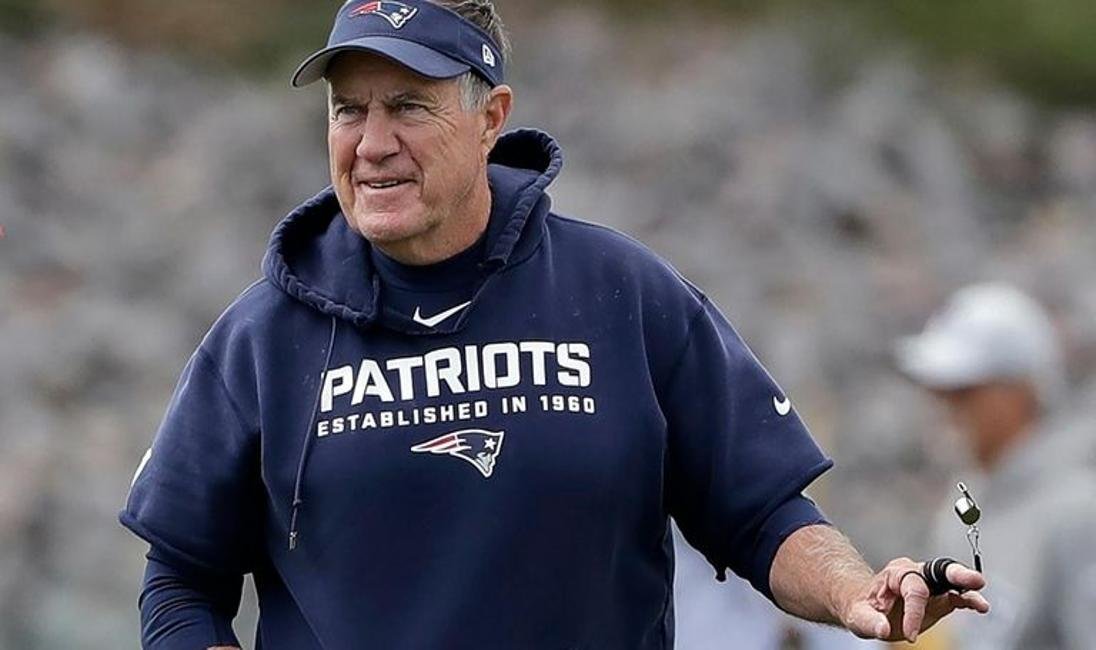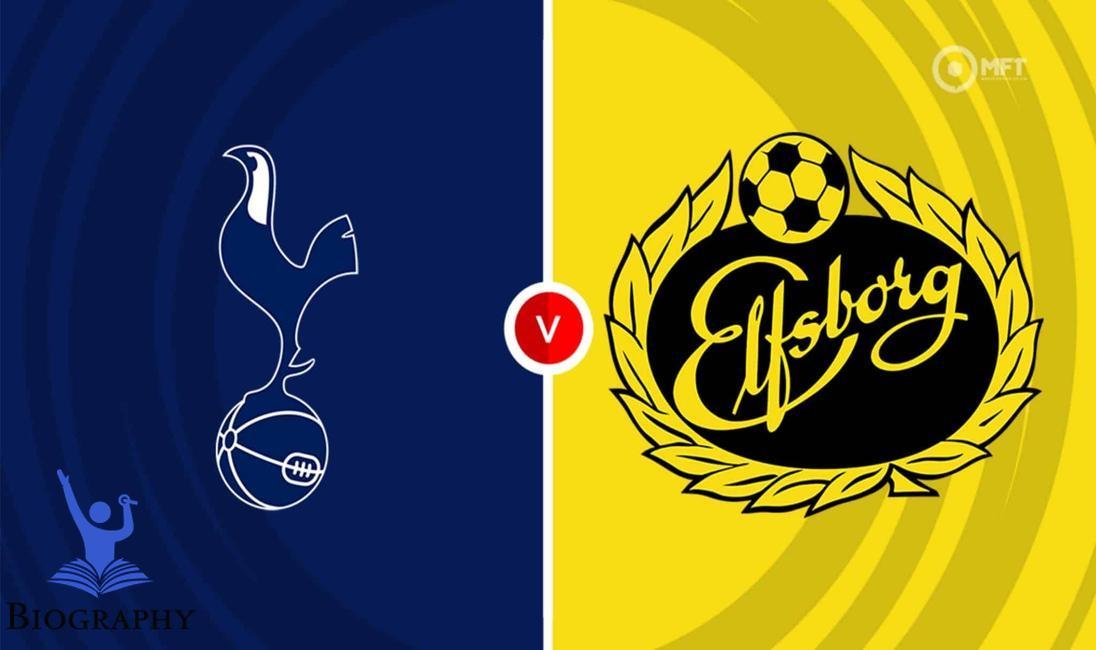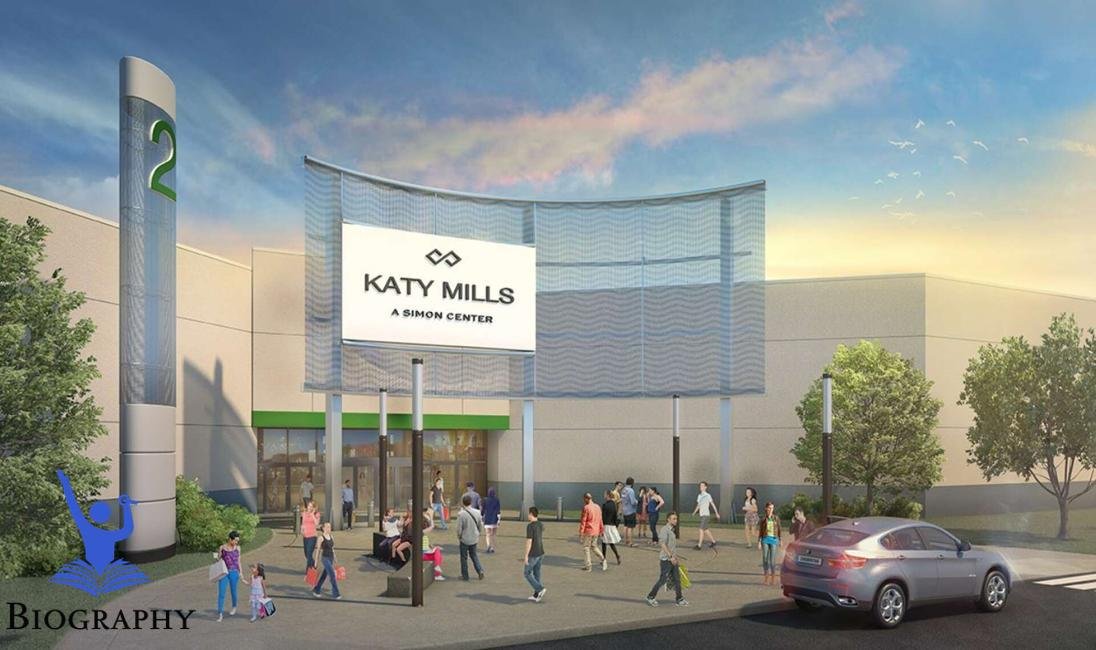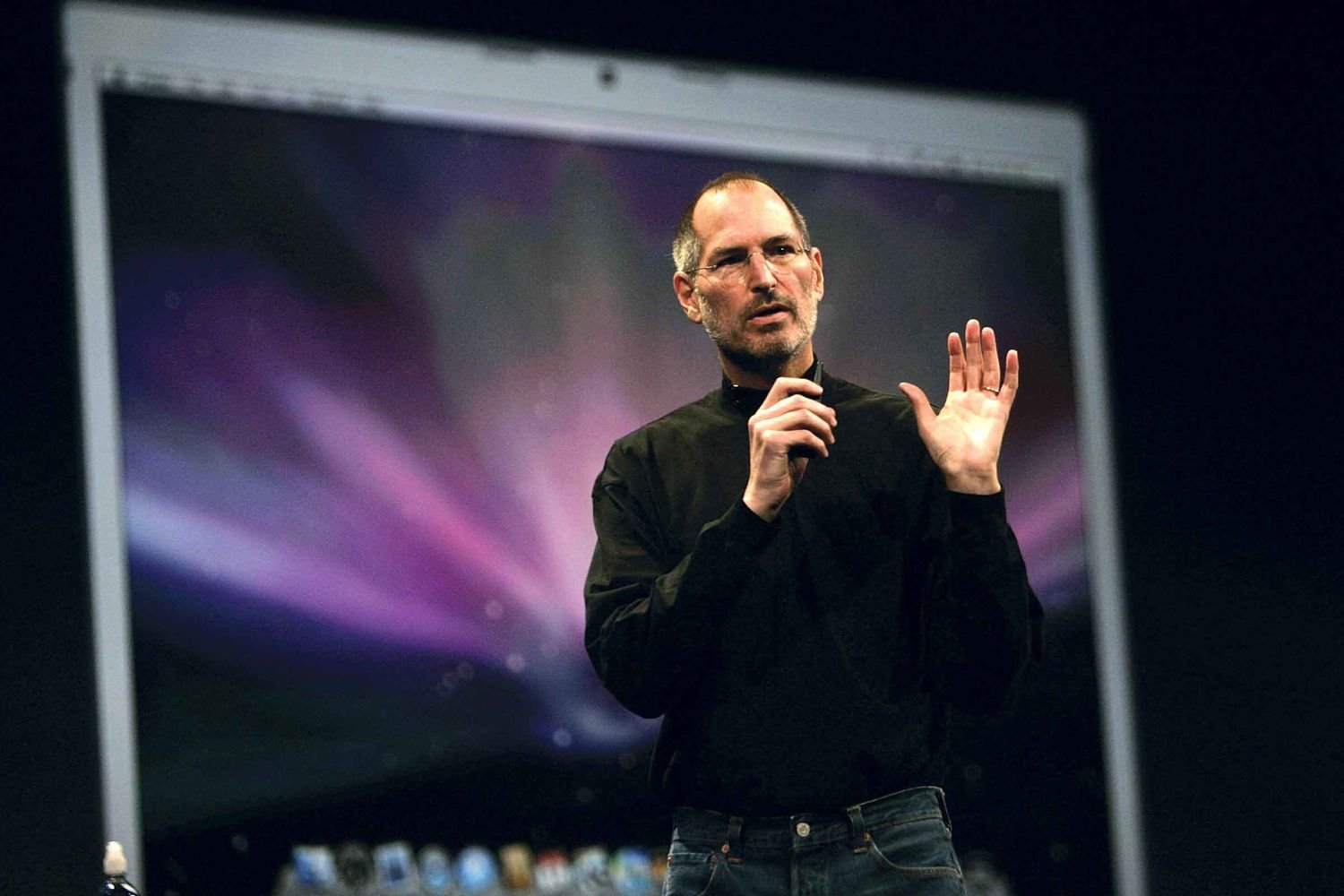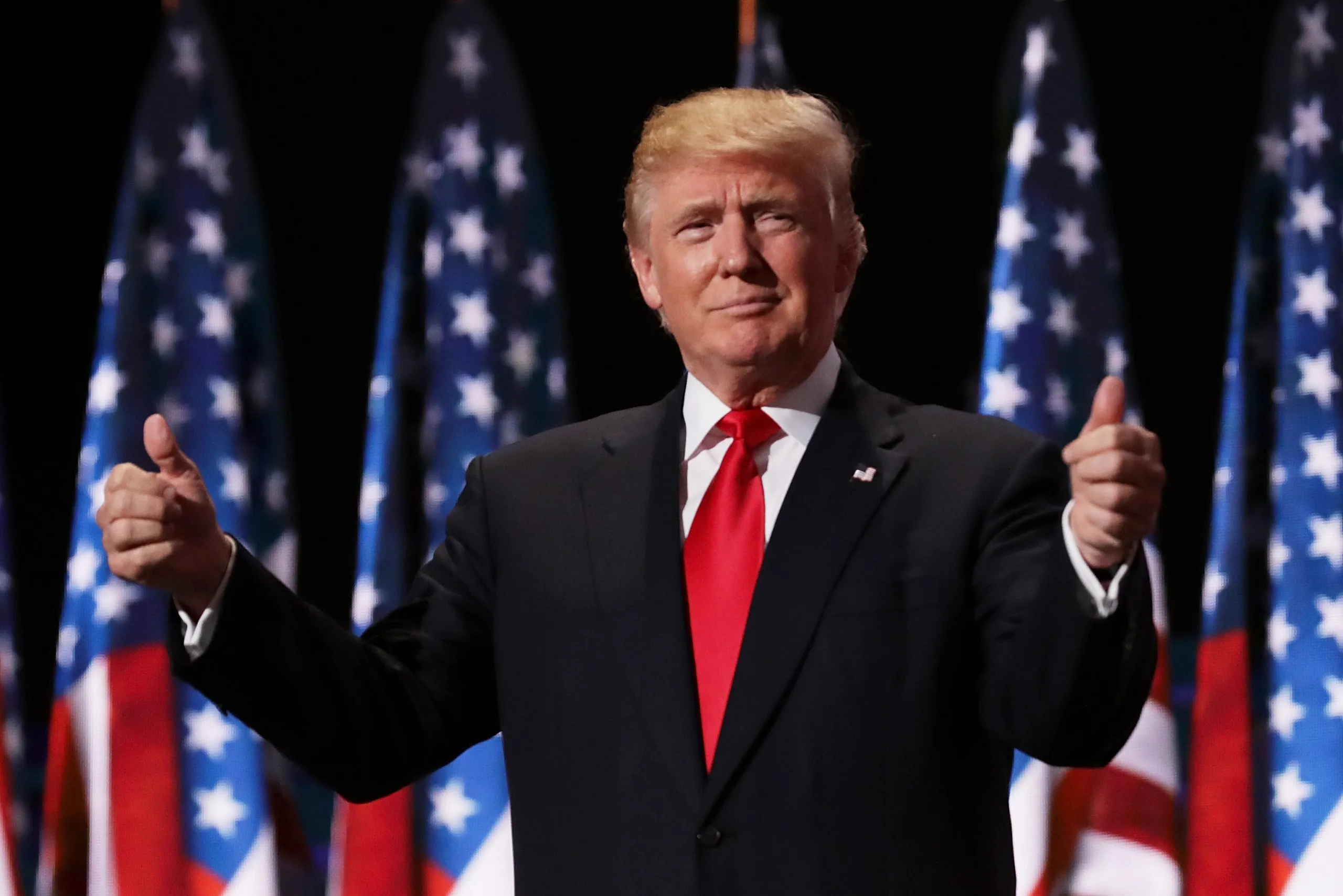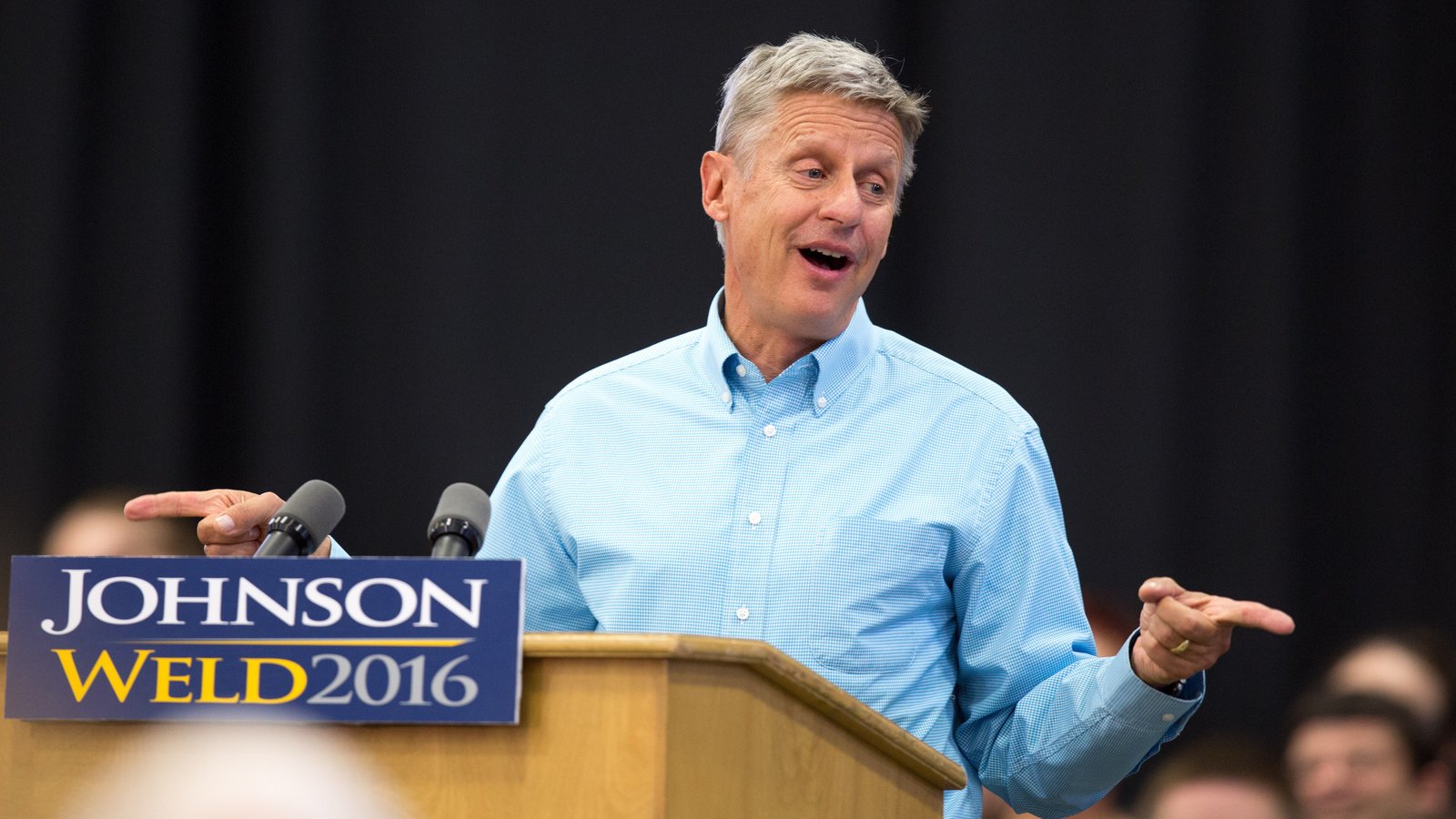Now Reading: Understanding Netflix Price Changes: What Subscribers Need to Know This Year
-
01
Understanding Netflix Price Changes: What Subscribers Need to Know This Year
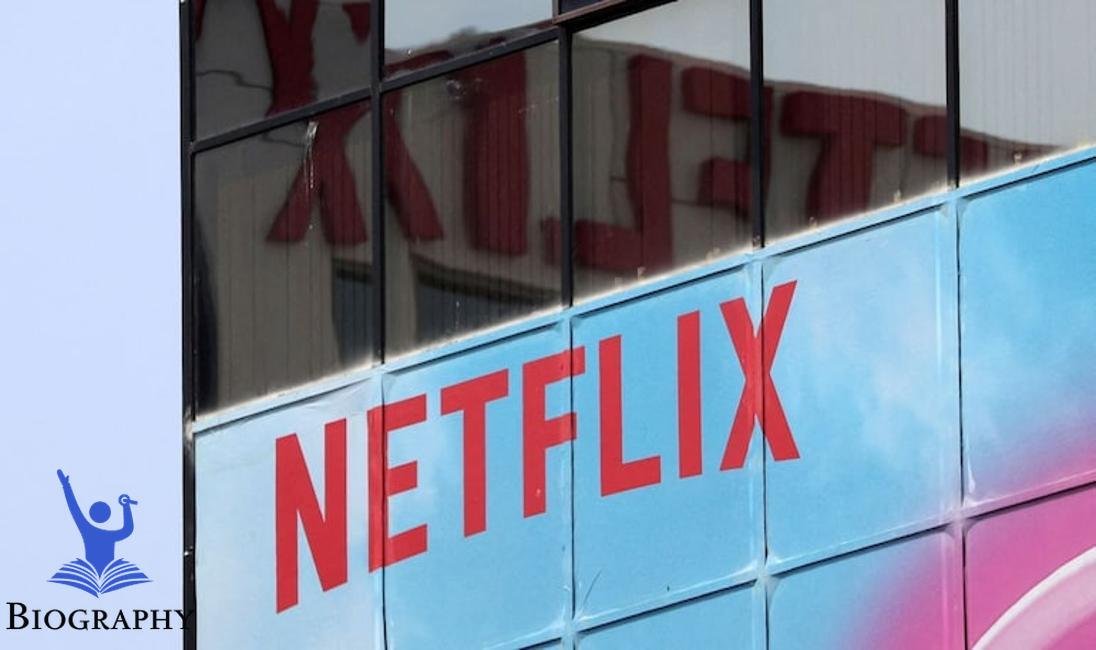
Understanding Netflix Price Changes: What Subscribers Need to Know This Year
Netflix Price Hikes: What You Need to Know
Netflix Announces Another Price Increase in 2025; Subscribers React
February 24, 2014.
Netflix, the world’s driving web-based feature, reported a new cost increase for its subscription plans, so far. This is just the latest in a series of spending shifts for Netflix, affecting a number of supporters around the world. The increase includes plans, including the well-known “The Norm” bundle. The news sparked a surprising amount of discussion among supporters and experts, and sparked speculation about the ultimate fate of Netflix pricing and its impact on backers’ maintenance and revenue. This article looks at the nuances of Netflix’s spending hike, examines public reaction, and breaks down long-term expectations for Netflix.
Details
Netflix’s recent price increases fluctuate based on region and subscription plan. In the United States, the basic plan increased by \$1, the standard plan expanded by \$2, and the top plan increased costs by $3. This growth reflects a global pattern of increasing spending on various web-based content as organizations rely heavily on creativity and satisfactory access This is the latest spending for Netflix in year 2025 and many advocates feel web-based products spend money too quickly Up.
The increase affects all Netflix backers, affecting subscribers across locations and devices. The organization cited the spread of production costs for unique product and the need to incorporate content into new products as purposes to increase spending This is in line with statements made earlier by Netflix leadership, who more than once emphasized the need to support interest supported to stay throat and match the nature of web-based features The same goes for planning to increase spending price towards the rise, which follows several high-profile Netflix arrivals firsts and is recognized as an attempt to balance the cost of acquisitions, has now led to a sharp decline in Netflix’s stock price and suggested it will help Netflix’s profits . . . .
Public Reaction
The declaration of the Netflix cost increment has been met with a blended response from people in general. Numerous supporters communicated dissatisfaction and disillusionment via online entertainment, voicing worries about the heightening expense of streaming diversion. A few clients began moving hashtags communicating their disappointment, and some have considered dropping their memberships. Others recommend that Netflix is forfeiting reasonableness for content variety. An accept the cost increment is legitimate because of the great quality programming Netflix keeps on creating. There has been a developing interest from buyers for additional reasonable streaming choices and more prominent straightforwardness on evaluating. Nonetheless, Netflixs memorability and excellent writing computer programs is ending up a significant obstruction to dropping memberships.
Official Response
Netflix has yet to publicly announce the license which is vulnerable to direct negative public reaction. In any case, the organization emphasized the need for acquisitions in luxury and innovation to maintain its status as a top-of-the-line platform. The organization supported previous expenditures by addressing the need for continuous improvement and improvement of its governance.
Conclusion
Netflix’s latest spend is a major development in the ever-shifting landscape of the streaming industry. The move reflects increasing manufacturing costs and coincided with the organization’s interest in unique design and innovation. Public response is mixed, some expressing disappointment for backers while others acknowledge the increase in terms of the larger and better plans Netflix offers The impact of this increase on supporters and Netflix’s overall profitability is not yet clear , The recommendation drawn for its position in the marketplace will be highly dependent on backers’ feedback and the company’s ability to reliably deliver good unique programming. Higher costs reflect an ongoing tension between delivering great programming and maintaining reasonable subscription costs for subscribers. This model is likely to influence other real-time applications in the near future.






